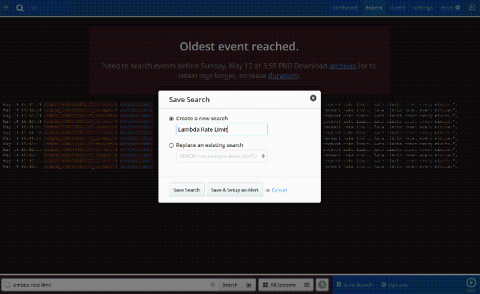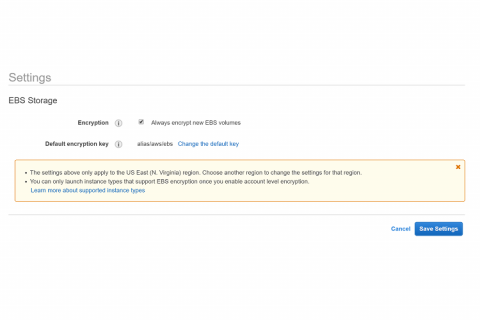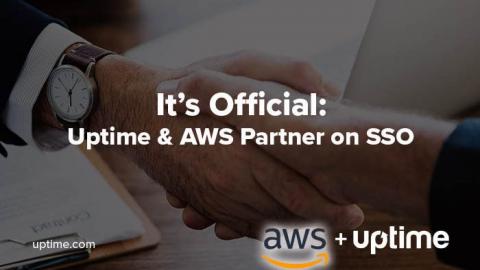The key to multi-cloud success
In the era of cloud-based architectures, companies have implemented multiple cloud platforms but have yet to reap the full benefits. Whether it’s Amazon Web Services (AWS), Google Cloud, or Microsoft Azure (or some combination thereof), a recent Forrester study found that nearly 86 percent of enterprises have incorporated a multi-cloud strategy.








